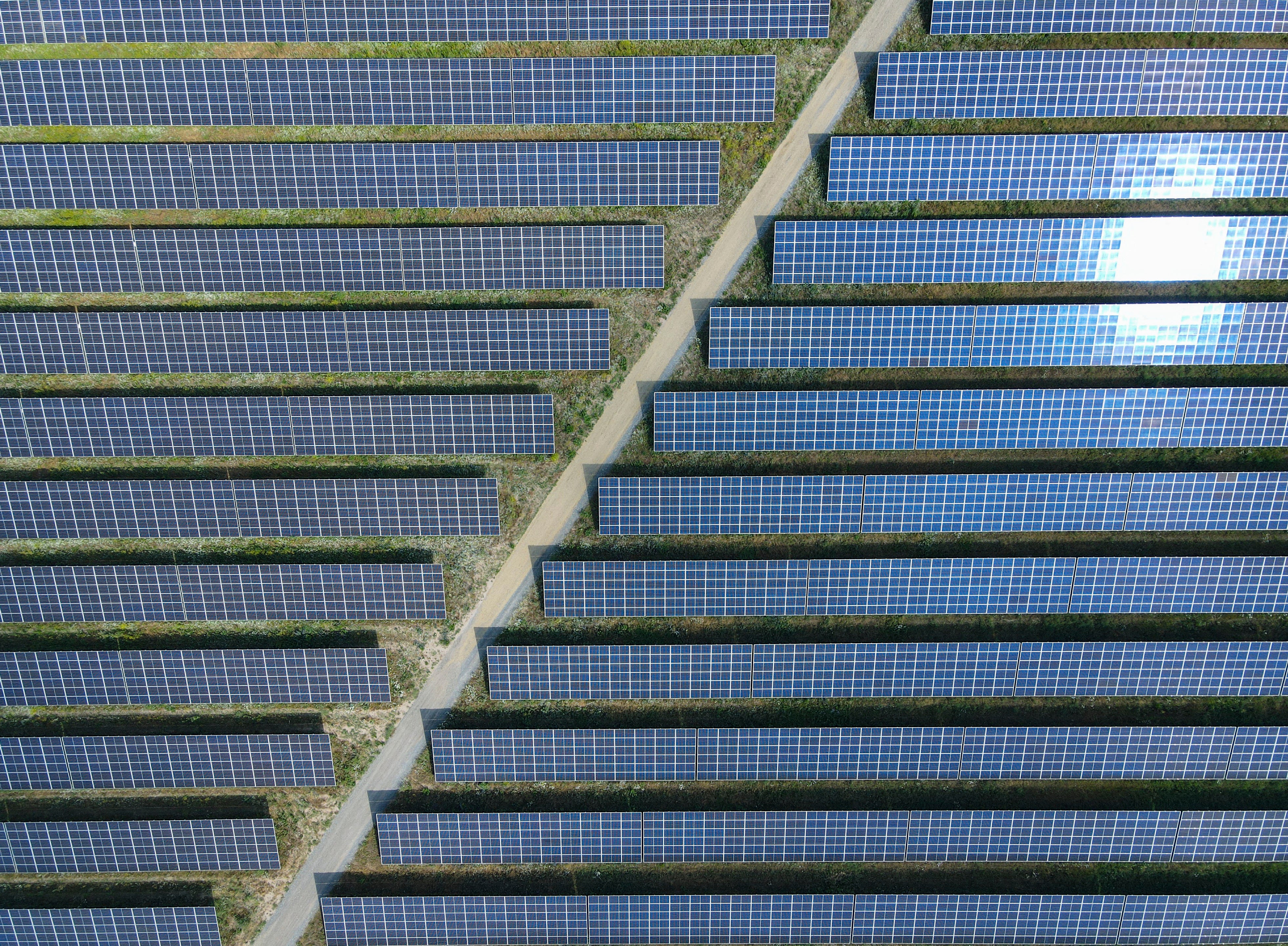Solar power industry set to lock horns with state

Your support helps us to tell the story
From reproductive rights to climate change to Big Tech, The Independent is on the ground when the story is developing. Whether it's investigating the financials of Elon Musk's pro-Trump PAC or producing our latest documentary, 'The A Word', which shines a light on the American women fighting for reproductive rights, we know how important it is to parse out the facts from the messaging.
At such a critical moment in US history, we need reporters on the ground. Your donation allows us to keep sending journalists to speak to both sides of the story.
The Independent is trusted by Americans across the entire political spectrum. And unlike many other quality news outlets, we choose not to lock Americans out of our reporting and analysis with paywalls. We believe quality journalism should be available to everyone, paid for by those who can afford it.
Your support makes all the difference.Britain's fledgling solar power industry is gearing up for a fight over the Government's review of the solar subsidies scheme.
The consultation setting out how the Government proposes to change the "feed-in tariff" (FIT) system for solar arrays producing 50 kilowatts (kW) or more of power could be published as early as this week. And green energy companies and pressure groups are expecting bad news.
The review was announced by the Energy Secretary, Chris Huhne, last month. The Government says the plan to cut subsidies for large-scale solar installations will avoid commercial "farms" hogging funding and squeezing out the domestic market for which the support was intended. But solar experts say the analysis is faulty – that there are barely any plans for commercial-scale "farms", that the 50kW ceiling also catches out community projects such as hospitals and housing associations, and that the lack of support from government will put the brakes on much-needed investment.
More serious still is the charge that the Department of Energy and Climate Change does not understand the economics of solar power and does not have the expertise for a valid analysis of the market.
"We are getting ready for a major fight," said one industry insider. "The Government is fundamentally wrong about the technology and they haven't understood it."
The lower bands of the FIT subsidy system – applying to solar generating capacity of up to 4kW, 4kW of domestic PV and 4 to 10 kW – will be assessed in a second, so-called "comprehensive review" further in the future. But the re-evaluation of the subsidies for 50kW and above is to be pushed through in time for changes to be applied this summer. Currently, the FIT pays out 31p per kW/hr in the 10 to 100kW band, and 29p per kW/hr in the 100kW to 5 megawatt band.
Last week a solar industry campaign warned that 30,000 green jobs are under threat from the cuts to the FIT. Jeremy Leggett, executive chairman of Solarcentury, said: "It beggars belief that a government elected on a promise of being the 'greenest ever' should be rushing to cut the solar PV tariff and kill off one of its very few employment success stories."
Join our commenting forum
Join thought-provoking conversations, follow other Independent readers and see their replies
Comments